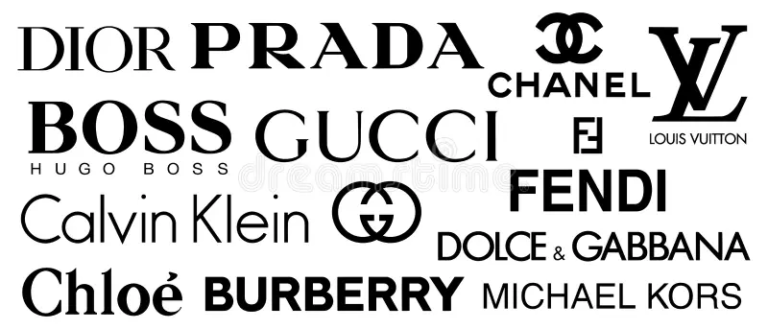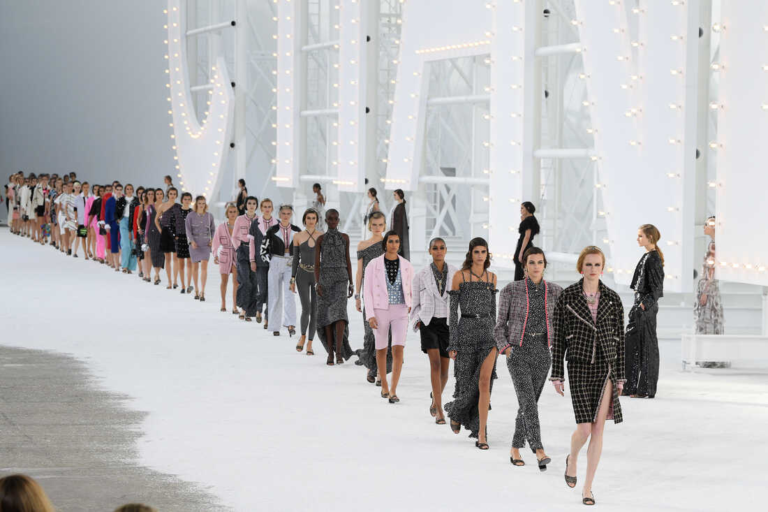In the fast-paced world of fashion, the position of a creative director is no longer confined to curating stylish clothing lines. This role has evolved, becoming more intricate and expansive.
In this exploration, we delve into the varied duties, essential skills, educational pathways, and the journey to becoming a pivotal force in the fashion world. Moreover, we spotlight iconic personalities who have etched their indelible marks in this glamorous industry.
The Metamorphosis of the Creative Director
Gone are the days when a creative director’s primary focus was on curating collections. Over the past decade, this role has blossomed into a multifaceted position. Today, a creative director is the pulse of the entire fashion house, steering the team of designers with vision and inspiration to create a unified aesthetic narrative.
The mantle of a creative director is heavy, adorned with the responsibility of crafting, nurturing, and propelling the brand’s creative narrative. This role transcends overseeing clothing design and construction; it encapsulates the embodiment of the brand’s holistic vision.
Essential Attributes for Budding Creative Directors
A compelling and innovative brand vision is paramount for a creative director in the fashion realm. It demands a deep understanding of the fashion house’s legacy and the adept integration of one’s artistic perspective. Excellence in design isn’t the apex; effectively communicating and executing the brand’s vision is quintessential.
Tenacity is another indispensable trait. The pressures and demands of this leadership position require an unwavering commitment to success. Staying abreast of trends, mastering garment construction skills, and having a profound understanding of fashion culture is vital. The capability to inspire and lead a creative team is the cornerstone for the future of any fashion house.
The Multifaceted Role of a Fashion Creative Director
A creative director in the fashion world wears many hats, reflecting their central role in this industry. They’re entrusted with:
- Crafting the Vision: Establishing the brand’s artistic narrative, encompassing themes, styles, and the artistic direction of collections and campaigns.
- Curating Collections: Overseeing the creation of clothing lines that resonate with the target audience and align with the brand’s vision.
- Team Leadership: Leading and inspiring a team of designers, stylists, and other creatives to bring artistic concepts to life.
- Brand Identity: Preserving and enhancing the brand’s legacy while integrating innovative ideas to maintain relevance and allure.
- Trend Analysis: Anticipating fashion trends, understanding market dynamics, and having intricate knowledge of garment construction and materials.
- Campaign Creation: Orchestrating marketing campaigns, including advertising, lookbooks, and runway shows, to showcase collections and the overall brand image.
- Brand Strategy: Develop a comprehensive brand strategy that considers global expansion, collaborations, and consistency across all touchpoints.
- Model Casting: Overseeing the selection and casting of models aligning with the brand’s image and concept.
- Social Media Management: Recognizing social media as a pivotal communication platform and actively participating in building and maintaining an online presence.
- Public Relations: Fostering relationships with the media, influencers, and celebrities to elevate brand recognition and reputation.
- Budget Management: Overseeing budget and resources for creative projects, including collection development and marketing campaigns.
- Mission Articulation: Crafting mission statements aligned with the brand’s values and objectives.
- Innovation: Continuously seeking innovative ways to present the brand and its products, staying ahead in the dynamic fashion landscape.
- Decision Making: Making key decisions related to creative direction, design choices, and marketing strategies, and being accountable for the brand’s overall performance.
- Collaborations: Engaging in partnerships with other brands, artists, and influencers to enhance brand visibility and appeal.
- Talent Development: Nurturing emerging talents in the fashion industry, including designers, stylists, and other creatives.
- Crisis Management: Being prepared to address challenges and crises in the fashion industry, including PR issues or production failures.
The role of a fashion creative director is dynamic and multifaceted, requiring a unique blend of creativity, leadership, and strategic thinking to shape the brand’s future and uphold its prestige amidst fierce competition.
The Journey of Learning
One of the intriguing aspects of ascending to a creative director’s role in the world of fashion is that there isn’t a strict educational template to follow. Talent scouts are often on the lookout for individuals with diverse educational backgrounds to infuse fresh perspectives into fashion houses. While industry experience is prized, having an eclectic educational grounding can be a distinct advantage.
Notable figures like Virgil Abloh, with his roots in engineering and architecture, and the trailblazing Karl Lagerfeld, who was steeped in art history before gaining invaluable experience through internships, illustrate that a conventional higher education credential isn’t a prerequisite to scale the heights of the fashion domain.
Olivier Rousteing, the creative mastermind at Balmain, vividly recalls his journey, highlighting that fashion schools don’t necessarily mold artistic directors but rather refine good designers. Transitioning from a designer to an artistic helm demands a broader comprehension of the fashion landscape. It’s a role that requires dedication and resilience, a journey from the ground up, marked by moments of uncertainty.
A Broadened Scope of Influence
In today’s context, a creative director’s duties stretch far beyond crafting collections. Their role encompasses crafting and executing a holistic vision of the brand, managing social media landscapes, leading campaigns, and global brand strategies. Preserving the legacy of the fashion house and integrating pioneering ideas to retain relevance is integral.
Creative directors lead a team of designers, ensuring their creations align with the brand’s image and vision. Their oversight extends from model casting to task formulations, and with the fashion industry’s increasingly global nature, they are also immersed in social media strategies and brand collaborations while maintaining core brand values.
Names like Chanel are synonymous with the indomitable Karl Lagerfeld, and Versace echoes the iconic Donatella. These directors transcend their roles and morph into industry icons with distinct visions that elevate their brands. The transition from designers to celebrated figures is intricate, a metamorphosis often explored in specialized fashion industry courses.
The Ascent to Creative Leadership
The metamorphosis into a creative director typically commences from the designer’s desk. Whether it’s an internship or a junior designer role, the ascent is gradual, marked by passion and unwavering commitment to the craft.
Figures like Olivier Rousteing, who assumed the creative reins at Balmain at just 24, began as designers and climbed the creative ladder. Rousteing’s close collaboration with the preceding creative director was a stepping stone to his appointment. In contrast, Raf Simons, the current helmsman at Prada, carved his path by establishing his brand and navigating leadership roles at Jil Sander, Dior, Calvin Klein, and now Prada.
Summary
The role of a creative director in the dynamic sphere of fashion melds a blend of skills, unparalleled creative vision, and insurmountable ambition. An education outside the realm of fashion is increasingly appreciated, and the journey typically commences from the grassroots, where passion and determination are heavily weighted.
The evolution of this role mirrors the transformation of designers into iconic figures, leaving an indelible mark in the industry. It’s a journey of trials and triumphs, shaping the very essence of fashion for generations to follow.







